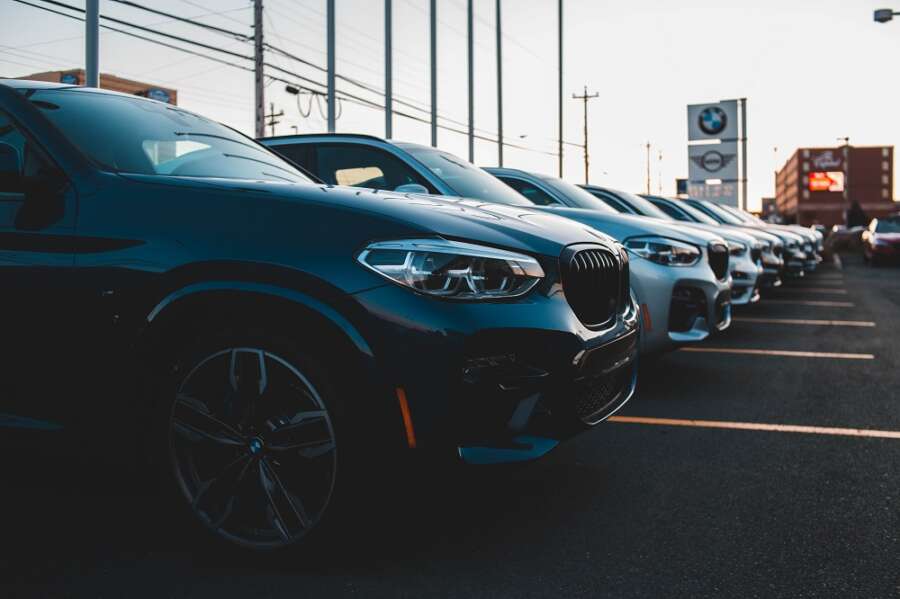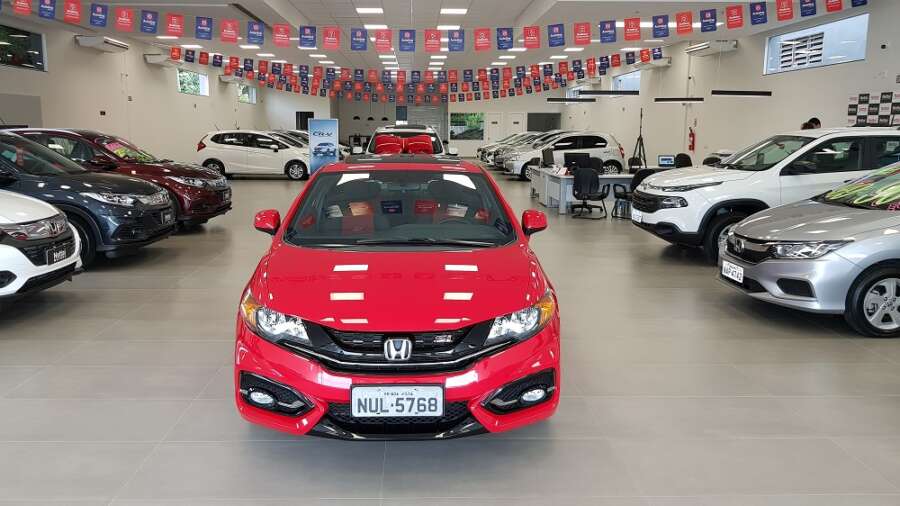
Some people find themselves in a car dealership because their current car is on its last leg, and others simply want a new set of wheels. Regardless of the reason, buying a car is a big purchase.
And what many people don’t realize before walking onto that dealership lot is that your down payment can drastically change your interest rate and monthly payments. Saving for a larger down payment reduces the amount of money you’ll need to borrow and can lower your interest rate.
Although this gives you a leg up at the dealership and might save you hundreds of dollars in interest, not everyone has the time or income to save for a sizable down payment.
Fortunately, there are other ways to save money when buying a car. Can you buy a car if you don’t have insurance? For example, the middle of the week is the best day to buy a car because few people will be on the lot. With fewer people competing for your salesperson’s attention, you have more time to negotiate sale prices.
Similar to the tip above, this money-saving guide will share other tips and tricks on smart ways to save money when buying a car.
Instead of Taking Out a Loan, Consider Paying Cash
Purchasing a car outright rather than taking out a loan is one of the most cost-effective methods to save money. Vehicles are one of the most expensive investments you will make, so trying to spend less than you have to, in the long run, should be the goal.
This is especially crucial when financial freedom is your goal, and you consider how quickly automobiles depreciate once they leave the lot. When you pay cash, you may get an ideal vehicle for a lesser price.
Calculate Your Down Payment Beforehand
As previously said, the more money you can come up with on your own, the better bargain you’ll get in the end. Making a larger down payment improves your loan eligibility and might result in a reduced interest rate and more manageable monthly payments.
Choose a budget and compare a few different kinds and models to see whether it’s feasible. Calculate your down payment once you’ve determined the price range for a car you can afford. Strive for a 20% down payment on a new car and a 10% down payment on a used vehicle.
Determine how much money you’ll need for sales tax and fees in addition to the car’s cost so you can save for these as well.
Consider Purchasing a Pre-Owned Vehicle Instead of a New One
New automobiles quickly depreciate in value. This is especially crucial to consider if you are a first-time buyer. Consider purchasing an old car and performing any necessary repairs yourself.
This will save you hundreds of dollars in the long term. This method is especially effective for younger consumers who do not require a comprehensive safety suite, a high-end entertainment system, or other options.
Make the Most of Trade-In Credit
Most individuals don’t take advantage of trade-in values, which are a key element of the car-buying process. When you trade-in your old vehicle, you might receive credit toward a new vehicle. This is an easy approach to save money on a car purchase.
However, no regulation says you have to trade in your automobile and buy a new one simultaneously. It’s possible that they won’t provide you with the greatest bargain.
If you’re not in a hurry, take your vehicle to a few dealerships and get quotes on a direct sale of your old automobile. Sale your vehicle to the dealership that is offering the most cash in exchange.
Finance Your Car Before Going to the Dealership

Avoid only going to your bank or through the dealership to get a loan. When shopping, go for the lowest pre-approved rate. Once you are at the dealership, ask if they can beat your authorized financing once you and the salesperson are done with the paperwork. The trick is to avoid focusing on their financing options at first.
Remember to Budget for Car-Related Expenses
After you complete your new automobile purchase, your car payment and other continuing charges, such as insurance, will become part of your monthly budget.
To better manage your monthly income, keep your debt-to-income ratio no more than 30% and stick to the 50/30/20 budget. This budget assigns 50% of your monthly income to needs, 30% to wants, and 20% to savings and debt reduction.
All car-related costs should not exceed 20% of your monthly take-home salary. Your insurance prices are influenced by factors like your driving record, age, and credit score.
To save money, compare vehicle insurance prices from several companies and consider combining your auto coverage with a homeowners or renters policy.
How do I lower my insurance premium?
In states where carrying a minimal amount of auto insurance is mandatory – which is the majority of states in the U.S. – you can’t drive off the dealership lot without showing proof of insurance.
So one way to save money when buying a car is by purchasing the least expensive auto insurance coverage. Your automobile, your driving habits, demographic characteristics, and the coverages, limitations, and deductibles you select are all elements that may influence your auto insurance prices.
These considerations might include your age, your car’s anti-theft measures, and your driving record. Although these factors may be out of your control, you can lower your premium by:
- Asking for auto discounts (like low annual mileage, defensive driving course, or good student discounts)
- Asking for a high deductible (for example, taking a $1,000 deductible instead of a $500 one)
- Bundling homeowners and auto coverage
- Improving your credit report
- Reducing your coverage on old cars
- Shopping around and comparing rates
Lastly, note that the total premium price, not the discounts, is the best way to save money. Even if a company just gives a few discounts, the total premium price may be lower.

About Author:
Imani Francies writes and researches for the auto insurance site, 4AutoInsuranceQuote.com. By staying up-to-date on the newest car-buying trends, Imani is able to help people save money when purchasing new automobiles and auto insurance policies.
This is a Sponsored Feature.


